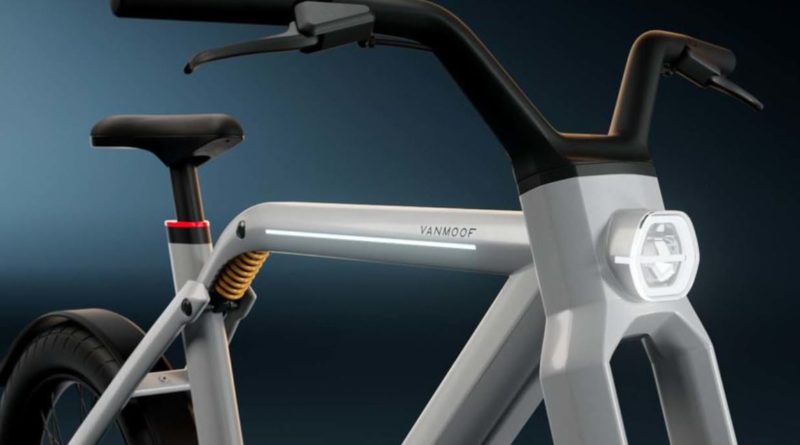Vanmoof the latest to challenge electric bike speed regulations
Vanmoof yesterday launched its ‘V’ speed pedelec, simultaneously joining the fight for updated electric bike speed regulations; a subject that sharply divides the bike industry at present.
Quickly following a dismissive stance of the existing regulations by automotive giant BMW, Vanmoof’s founder Ties Carlier similarly alluded to the possibility of geofencing governing speeds on roads and bike paths. Current regulations for any bike developed as a speed pedelec require the owner to carry a licence, insurance, a motorcycle grade helmet and a fixed number plate across much of Europe and beyond. Standard electric bikes, classed as bicycles, do not require such things.
As it stands, geofencing technology automatically adjusting assisted speed would make little difference legally speaking, though the concept is a new one and bound to come into future dialogue on the matter.
“We’re calling for policies designed around people, rethinking how public spaces can be used if not occupied by cars. I am getting very excited thinking about what a city could look like in the near future, and we are very proud to be part of the change by building the right tools for the transition,” said Carlier.
His stance may make him unpopular in the electric bike world, however. The mood music from seminars and discussions on the subject at Eurobike and IAA was that unsettling the formula at the present time remains a risk to the entire electric bike business.
Bosch eBike Systems CEO Claus Fleischer told CI.N at IAA: “Of primary importance to the industry at large is the safeguarding of the pedelec designed to cut of 25kmh; this must, at all costs, remain legislatively as a bicycle. That is our treasure. We know there are different influencers who have a view on changing this. In my view, they forget we may lose this status of the e-Bike within the bicycle framework. We must remain without licence and insurance requirement, with bike path access.”
Branding its V model a ‘hyperbike’, the launch has grabbed headlines, most of which allude to the legality dilemma. Some outright call for the law to ‘catch up’, even incorrectly suggesting to consumers the bike sits in a legal grey area.
There is, however, no grey area, unless you so happen to be in a region with bylaws exist permitting speed pedelecs to thrive. One such project is the Belgian Flemish project 365SNEL, which has demonstrated longer distance commute use of the high speed two-wheelers, something that Carlier is advocating for.
He’s not alone. Industry groups such as LEVA-EU are likewise keen to see fluidity in the regulations as the product evolves.
“The VanMoof V is our first hyperbike, an e-bike dedicated to higher speed and longer distance. I believe this new type of high-speed e-bike can fully replace scooters and cars in the city by 2025,” adds Carlier.
The speed pedelec’s concept launch comes quickly on the back of the news that Vanmoof raised $128 million in a fresh investment round, which Carlier said was intended to deliver a “vision of a smarter and cleaner mobility future.”
To read more on the various industry stances on a faster electric bike speed, catch our deep dive with industry experts here.



